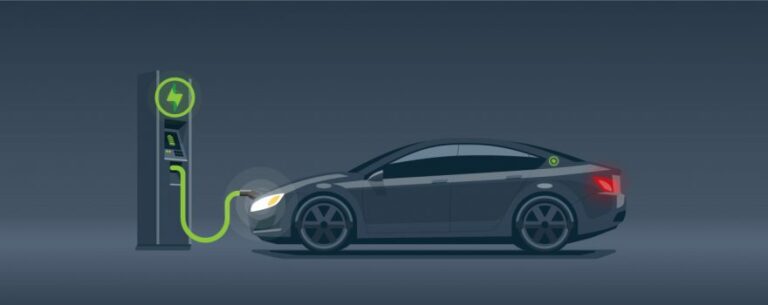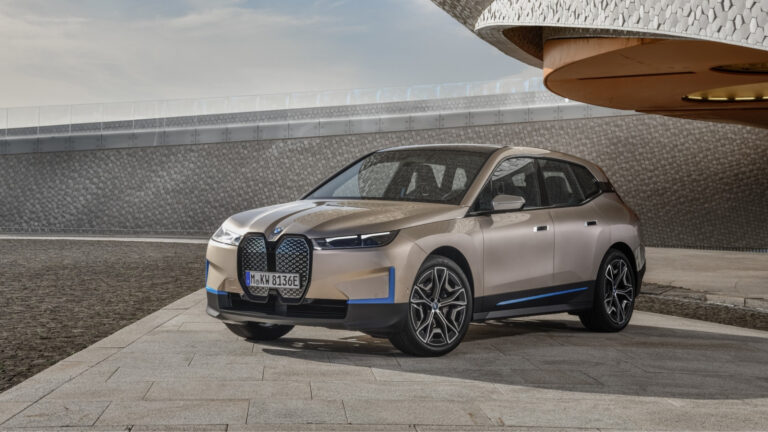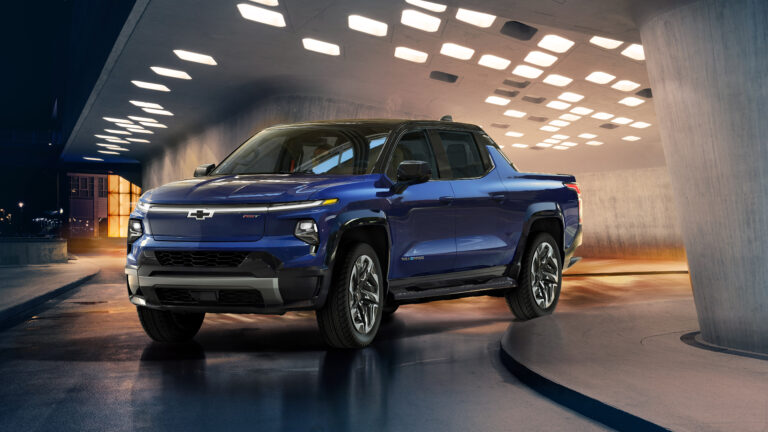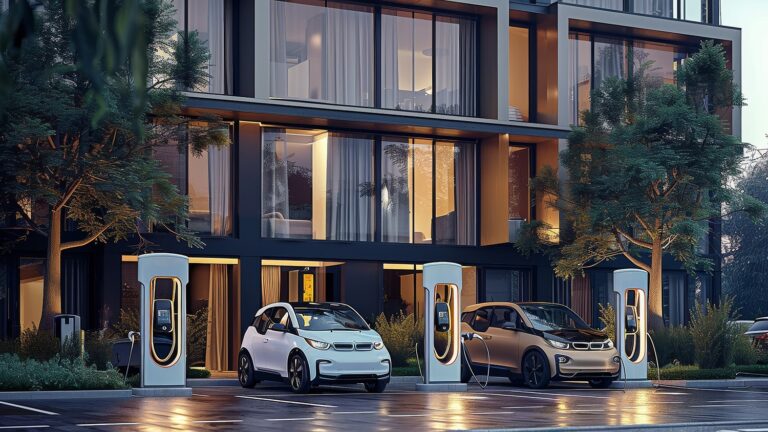
Catégories :
Electric car batteries: how does recycling work?
2023-08-29 - Updated 2024-04-11

In the age of electrification, more and more electric vehicles are on the road, reducing the pollution caused by gasoline-powered cars. Economical in terms of energy consumption, EVs are equipped with batteries that last around 20 years and come with an 8-year warranty, or around 160,000 km. While many myths persist that EV batteries don’t last very long and can’t be recycled, the opposite is true. But what happens to batteries when they are no longer functional? How does the recycling of electric car batteries work? We’re going to demystify it all for you!
What are EV batteries made of?
First of all, the batteries used in electric cars are generally lithium-ion batteries. These are made up of several cells containing electrodes made of lithium, manganese, phosphate, iron, cobalt, nickel or copper, as well as an electrolyte. When these batteries no longer have the capacity to store sufficient energy to power an electric vehicle efficiently, they can be reused in other ways or recycled. In particular, the batteries can be reused in the form of stationary batteries (for solar panels, for example), or they can be recycled in centers set up for this purpose. In this way, the materials they contain can be recovered and environmental pollution avoided.
Recycling: a multi-stage process
Because of their pollution potential and impact on human health, electric car batteries are subject to strict environmental regulations. The recycling process must therefore comply with these regulations, which can make the process more complex.
Recycling electric car batteries involves several stages, and can vary from country to country, not least because of the regulations surrounding the process.
1) COLLECTION AND TRANSPORT OF USED BATTERIES
Used batteries are collected from recycling centers or electric car service centers, then transported to recycling facilities. Ideally, for environmental reasons, it is recommended that these plants be located close enough to automotive markets to reduce battery handling and transportation.
2) BATTERY DISMANTLING AND PREPARATION
Batteries are dismantled to separate the various components, such as metal casings, cables and electronic circuits. Once dismantled, the process continues.
3) DISCHARGE AND SORTING OF MATERIALS
The discharging stage is very important, not least in terms of safety. Batteries are discharged to eliminate charge residues and prevent fire hazards. To really start the process, the battery must be completely discharged, drained of any residual charge. When the battery is completely discharged, it is completely dismantled and the cells extracted. The cells are then crushed to form a fine black powder, which undergoes a purification process. The purpose of this stage is to separate the various materials contained in the battery. Cobalt, nickel, lithium and copper are the most valuable materials generally recovered during the recycling of electric car batteries.
4) RECYCLING MATERIALS
Metals are treated to remove impurities and contaminants, then recycled for use in the manufacture of new batteries or other products. Other materials are also recycled or disposed of responsibly. These materials can then be reused to manufacture new batteries.
Recycling, an essential action
These days, recycling, reduced consumption and eco-responsible habits are important environmental issues. So it goes without saying that recycling electric car batteries is very important, not least because it reduces the demand for new materials for battery manufacture. It also helps reduce the environmental impact associated with the extraction and processing of these materials. What’s more, battery recycling helps limit the environmental pollution resulting from the disposal of used batteries.
From an economic point of view, battery recycling is also an important asset. On the one hand, it reduces the cost of producing new batteries by recovering precious materials rather than extracting new ones each time, and on the other, it can create jobs.
This is the case of the Recyclage Lithion plant, which, by opening its first plant and planning to open others in the near future, will contribute to job creation in this industrial sector. It’s a great way to contribute to both the local economy and the environment!
EV battery recycling in Quebec
In Quebec, Recyclage Lithion has developed a technology that can recycle around 20,000 EV batteries a year! The company estimates that it will be able to recycle 95% of an EV battery using a process similar to that described above. Rather than recycling a battery by pyrometallurgy, a process frequently used and which recycles around 50% of a battery, the recycling process used by Recyclage Lithion promises better results and much more complete recycling.








